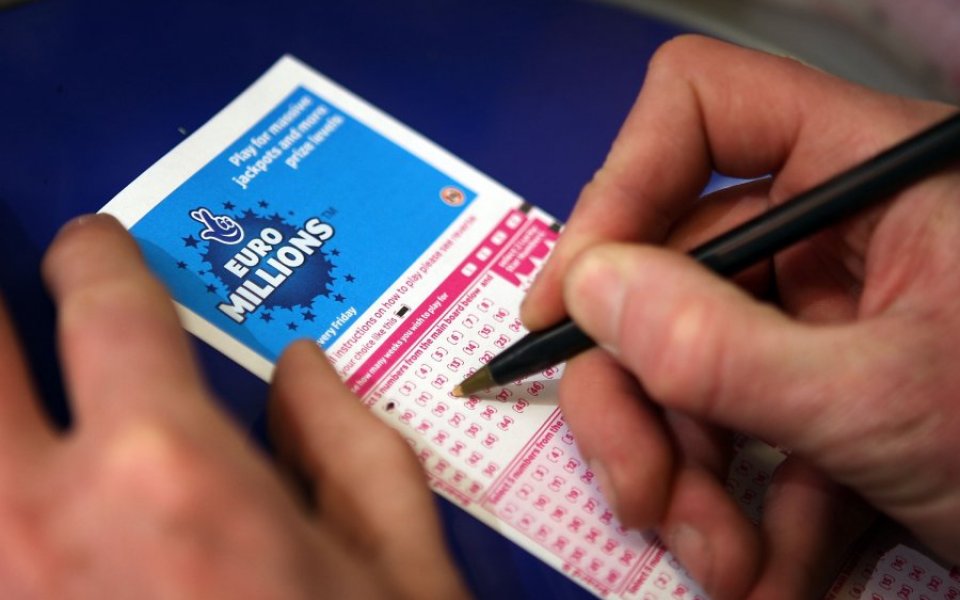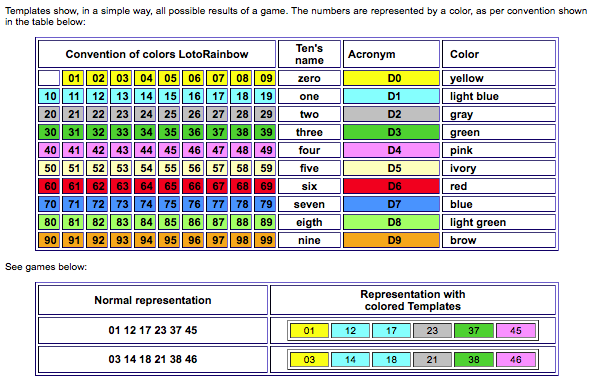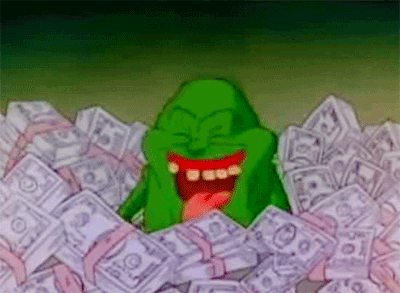UK National Lottery: Four ways science can increase your chances of picking the winning Lotto numbers for this Saturday’s £57.8m jackpot

The National Lottery jackpot on Saturday has rolled over to a record £57.8m after Wednesday's jackpot went unclaimed.
It's a must-win prize, meaning that if no one matches the six numbers drawn, the prize will be shared by the next tier of winners.
You might stand more chance of being struck by lightning – but put your your numbers and dog's birthday to one side, because some of the world's top scientists have been working round the clock to ensure it really could be you. And there's not a Mystic Meg among them…
Method 1: Pick at random
Mathematician Han Riedwyl, the author of How to Win More: Strategies for increasing a Lottery Win, discovered in his analysis of the Swiss Lottery that certain combinations are much more popular than others as players use systematic choices to pick them.
These include previous winning combinations, visual patterns created on the ticket, and numbers up to 31, which are often selected as part of a loved one's birth date.
Too many of your competitors will take the same approach, so avoid it. Sharing may be caring, but it creates a diversion on your road to riches. A better idea, he says, is to choose them entirely at random through the Lucky Dip, averting the combinations chosen by others.
Method 2: Go against the grain
Doctor of Experimental Physics Jonathan Clarke takes Riedwyl's theory a step further. His advice is to pick the numbers chosen the least.
His research identified the popularity of the 49 numbers, and the frequency of their occurrence. Numbers including seven come up particularly regularly, but 13 could also be somebody's lucky number on Saturday…
Method 3: Follow the colours
Brazilian mathematician Renato Ginaella found winning numbers could be predicted based on their likelihood of being drawn.
His study, The Geometry of Chance: Lotto Numbers Follow a Predicted Pattern, is based on the law of large numbers, a principle of probability that says as a sample size grows it moves closer to the population average.

Baffling? Yes. Helpful? Maybe. (Source: improbability-principle.com)
By dividing numbers into colour groups, he reveals how different colour combinations produce greater chances of winning. The patterns, which he calls “templates”, each show a certain probability of happening.
His research, published in 2009, uses the Brazilian Super Sena lottery as a case study. It has since folded, presumably due to the suspicious number of repeat winners.
His website shows the winning chances of number combinations around the world. If you can understand them, it may be time to put down a deposit on that yacht…
Method 4: Pick every possible combination
Professor David Hand of Imperial College London provides the most optimistic view. In his book The Improbabilty Principle, he argues rare events are actually commonplace, and we should expect highly unlikely events to keep happening.
Professor Hand offers players a simple, but guaranteed method of winning: buy all the possible combinations of winning numbers. The logistics may be complicated, the financial outlay enormous and the risk of sharing the jackpot terrifying – but you would certainly be in it to win it.
But why, if all of these scientists can predict the winning numbers, do they continue to work? For some, it seems, the love of numbers is more important than the love of money. For the rest of us, roll on Saturday…
